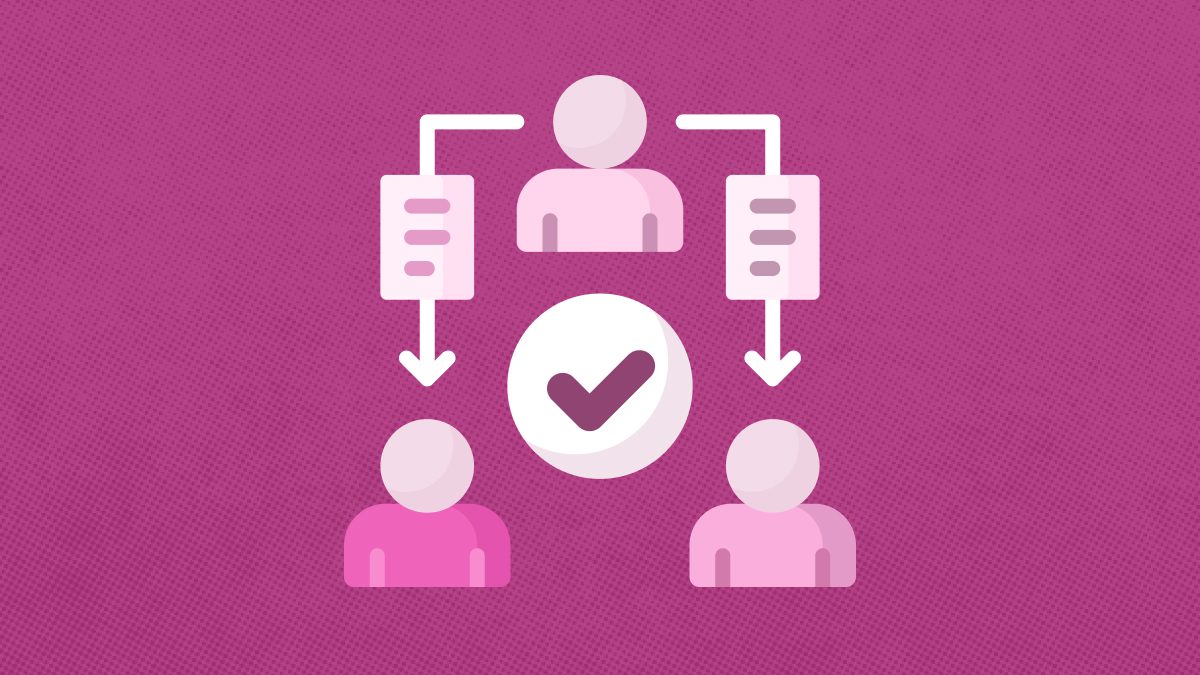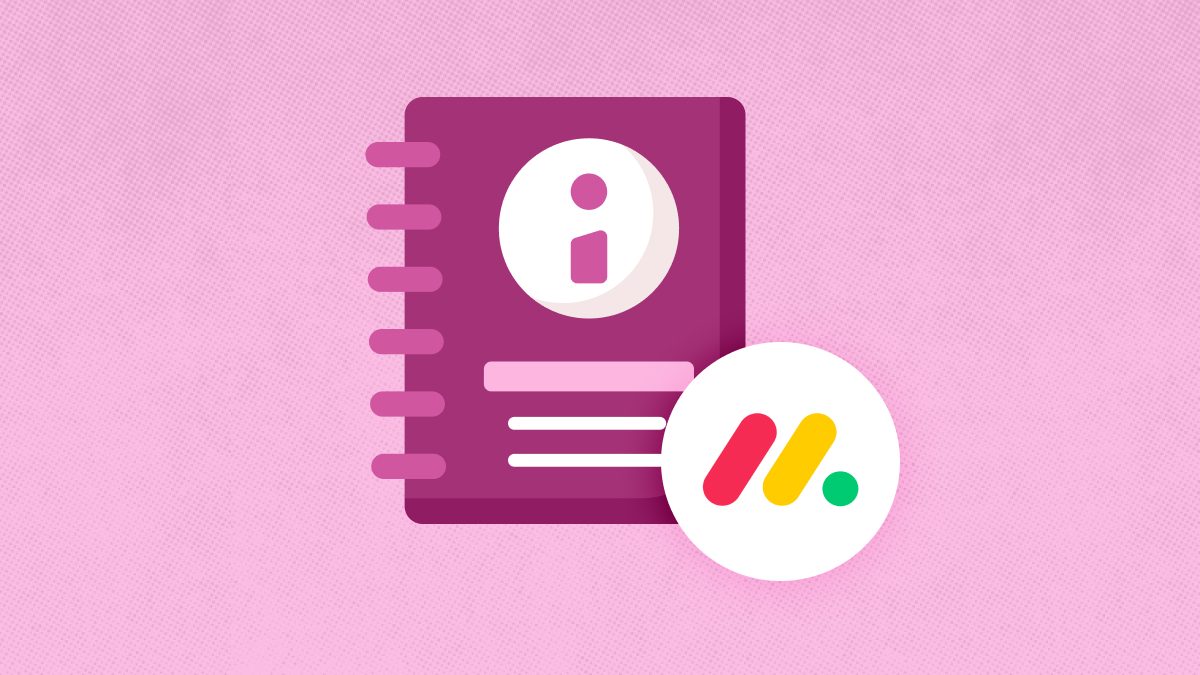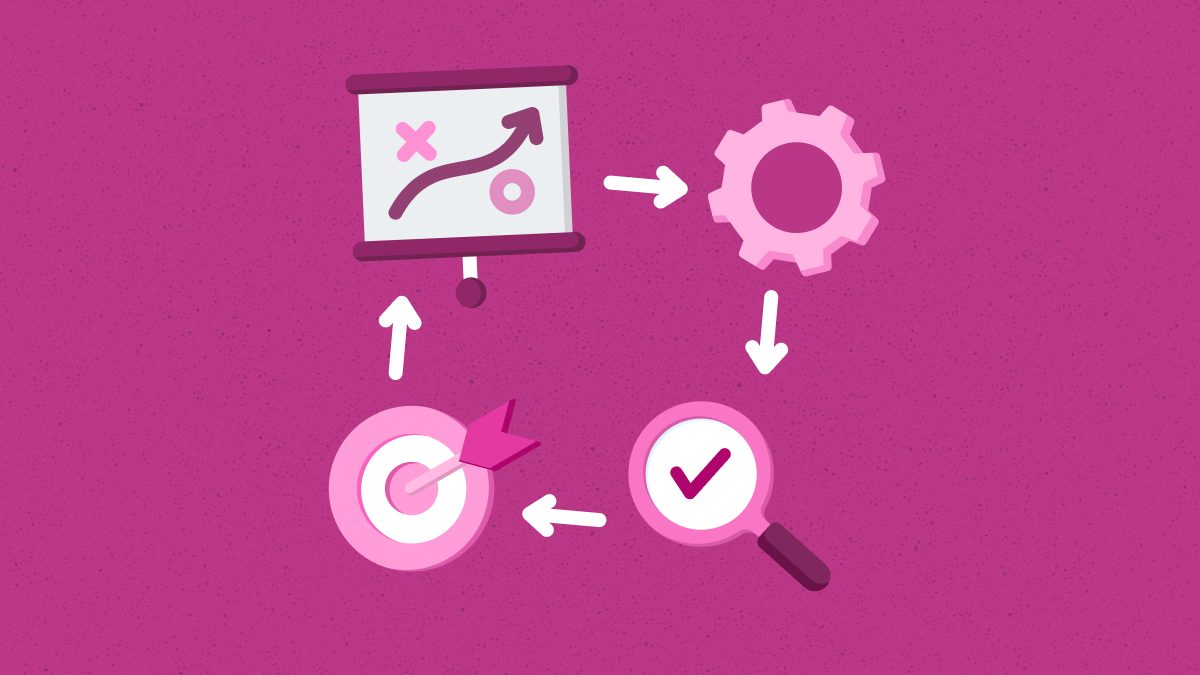Glossary about Risk Identification
Risk Identification
Risk Identification
Many things can prevent your company project from completing on time. For instance, a pandemic may cause the production site to lock down. Besides that, you may face power failure at the office, negatively affecting the tasks.
The top thing to note is that all factors that negatively threaten a project or your business are considered risks. And the primary thing that can help you is eliminating or minimizing it. That is where risk identification comes into play.
Do you want to learn more about risk identification? Well, here is everything you must know about it.
Risk Identification Explained
Risk identification is the first step of risk management and involves finding out the threat. Not only that, but it also includes documenting the risk and its control measures. The key thing to note is that you should take notice of dangers that affect an individual project or the entire company.
The prime examples of risks are theft, power outage, data breaches, lawsuits, and much more. When identifying a specific threat, you should understand the events in which it may occur. For instance, if your company is vulnerable to a lawsuit, you should understand the scenarios in which the business may be liable.
Key Risk Identification Situations
Here are some things that require you to conduct risk identification for smooth operations:
- To support an investment decision
- To analyze different pathways
- To understand the costs of a project
- To ensure an excellent product
How To Make Risk Identification?
Here are the top ways you can identify different risks affecting a project or your company:
- Documentation Review
The vital thing that can help you find various risks is reviewing business documents. These may include project blueprints, plans, timelines, and much more. When reviewing the documents, you should keep an eye out for inconsistencies, lack of information, and other things.
A key benefit of watching out for errors is that it can help you identify avoidable risks. For example, you may observe the date a worker requires specific resources in a timeline. However, you may know that the resource will not be available on that date as per the inventory.
- Brainstorming
Reviewing documents is a practical and effective way to identify risks. However, it can also be time-consuming and requires an eye for detail. Another option for you is to brainstorm with the team members.
For instance, you can meet with the project manager and different teams. During the session, you can ask questions about things you think require improvement. You can also identify risks and learn how the team plans to control them.
Final Words
This is your complete guide to the definition of risk identification. It is a key step that forms the foundation for risk management. Not only that, but it can prevent your company from facing avoidable financial losses.
The top thing to note about risk identification is that it involves determining all factors that negatively affect the company. So you should consider terrorist attacks, natural disasters, and much more.




